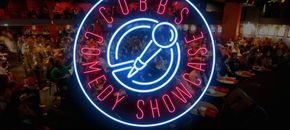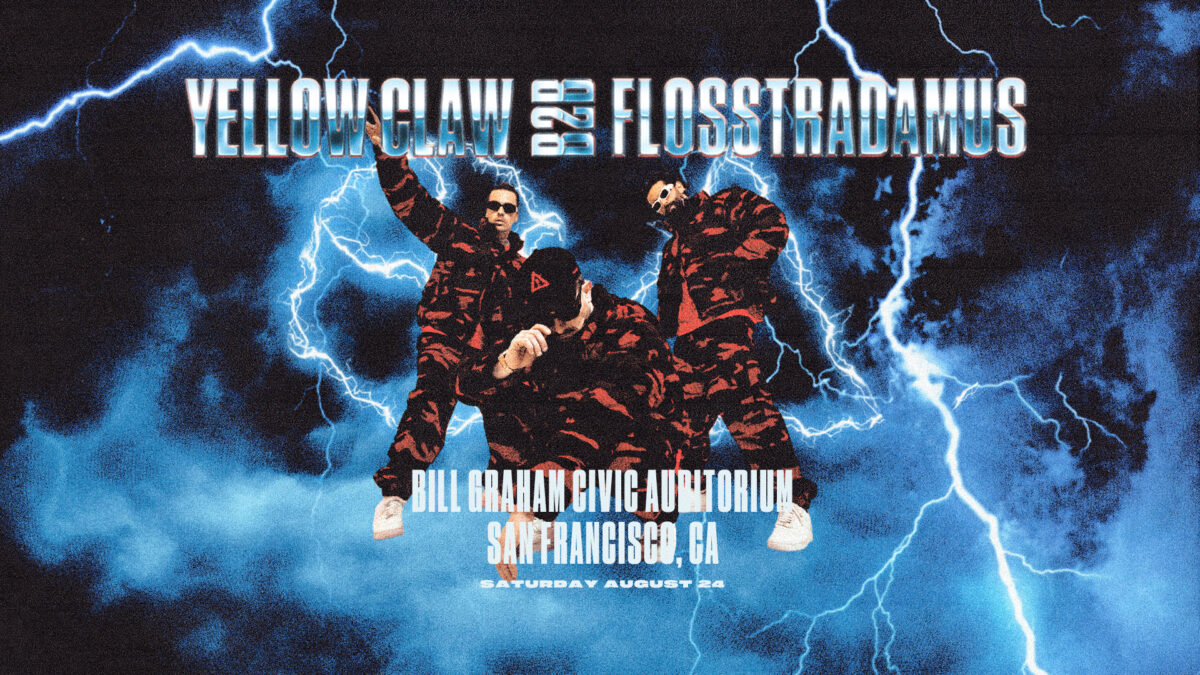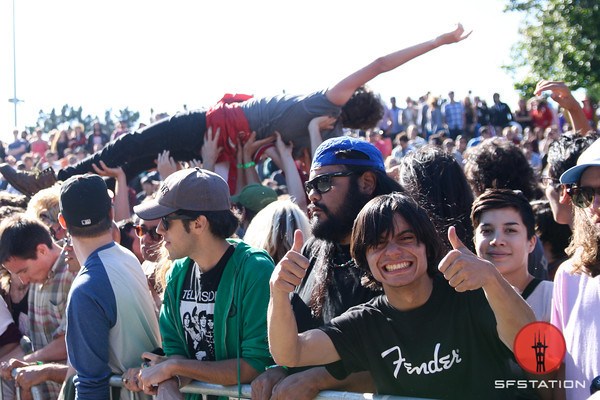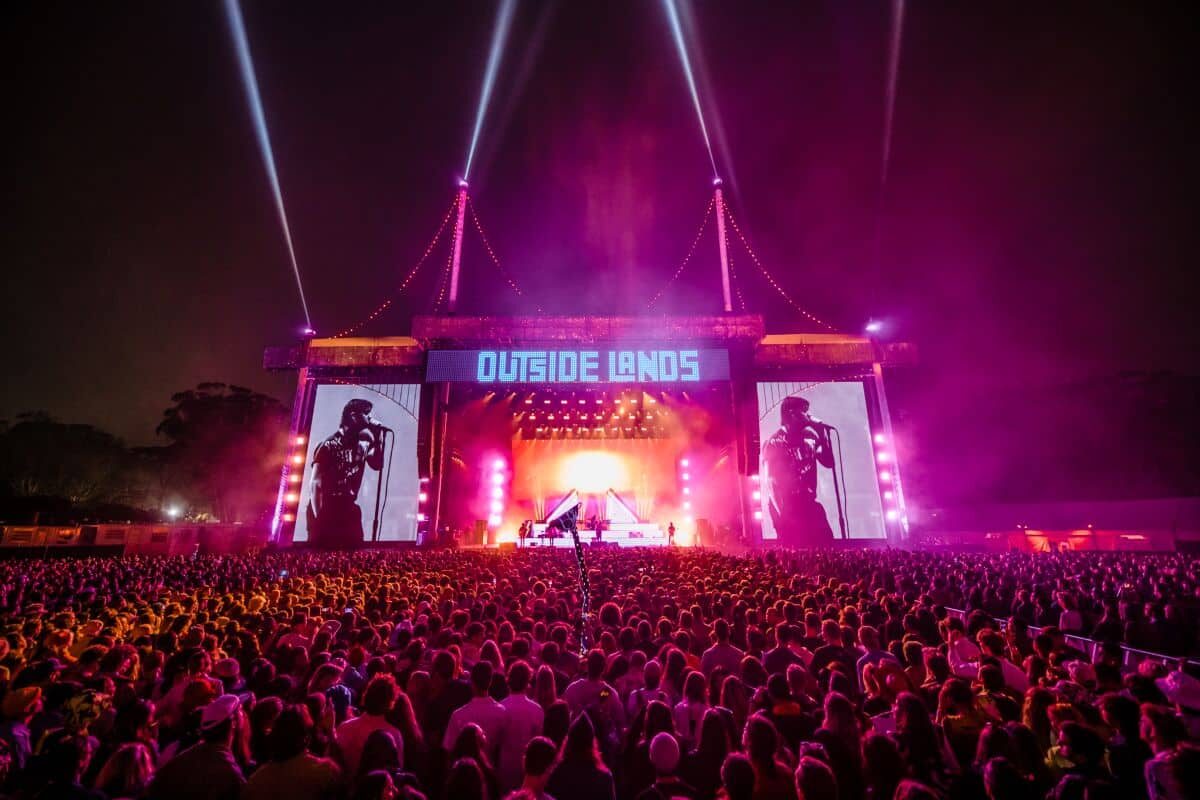Green Christmas
Every holiday season, I hear the same debate: get a real tree (i.e. wastefully cut down a tree that took years to grow, only to use it for less than 30 days and then chuck it out on the sidewalk) or get a fake tree (the presumably more environmentally friendly choice). If you are trying to go green yet really love the smell and idea of a real tree for Christmas – what do you do?
Well, you just may be able to have the best of both worlds.
“For a limited time, Friends of the Urban Forest and SF Environment are offering San Francisco residents a chance to order a living, potted Christmas Tree for only $80. Each one of these beautiful, 6′ to 8′ tall trees has been hand-picked to thrive in San Francisco.
Choose exactly which tree you would like to have in your home for the holidays when you pick up your tree at the Green Christmas Tree lot on December 5th, from 10 am until 2 pm. Trees will be available on a first come, first served basis. If you miss the tree lot, you can pick up your tree at the Friends of the Urban Forest offices from December 6 through December 10, 2010. Pick up your tree early for the best selection!
After the holidays, we’ll plant them on our city’s streets.” For more info, go directly to the SF Environment site: http://www.sfenvironment.org/greenchristmas. Sounds like a sweet deal!
Another alternative is a farm like Skyline Tree Farms near Santa Cruz, which off organically grown trees. They have a whole argument on why getting real trees is actually more environmentally friendly than purchasing a fake one.
Here are some highlights:
* Real Christmas trees are an all-American product, grown in all 50 states, including Alaska and Hawaii. Most artificial trees are manufactured in China, Korea, Taiwan, or Hong Kong.
* Real trees are a renewable, recyclable resource. Artificial trees contain non-biodegradable plastics and metals and once made into a fake tree are no longer recyclable.
* For every real Christmas tree harvested on a wholesale tree farm, 2 to 3 seedlings are planted in its place. On our choose and Cut farms we culture new trees up from the established stumps after they are cut. We plant where trees have died out due to improper cutting or natural mortality.
* There are about 1 million acres in production for growing Christmas trees. Each acre provides the daily oxygen requirements of 18 people.
* The first fake trees in the United States appeared in the 1930s and were manufactured by the Addis Brush Company using the machines they used to produce toilet brushes. Think about that. Do you really want to celebrate Christmas with a fake tree that shares its “roots” with a toilet brush?
Hm…whichever you choose to do – just have a Merry Christmas!







